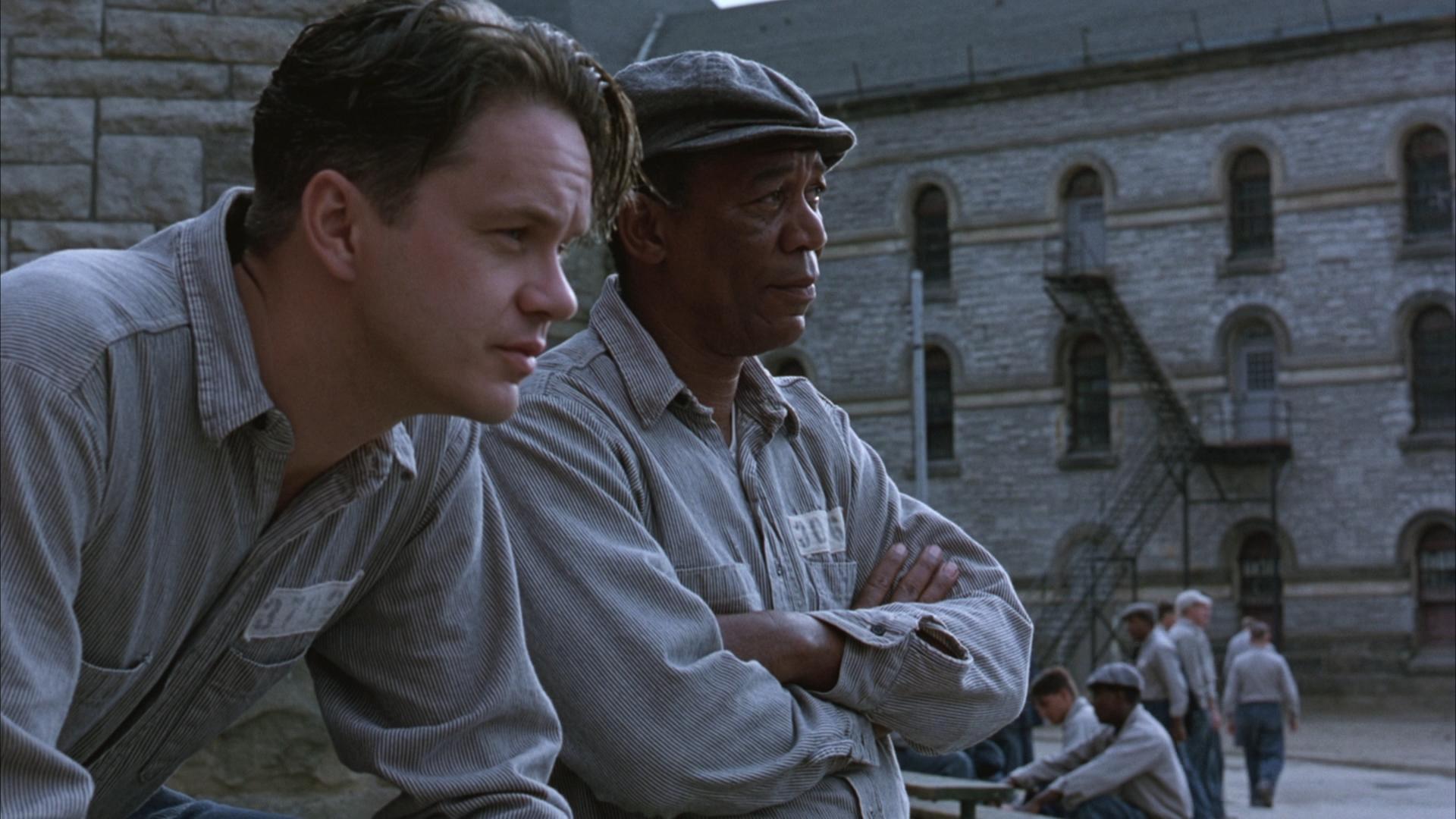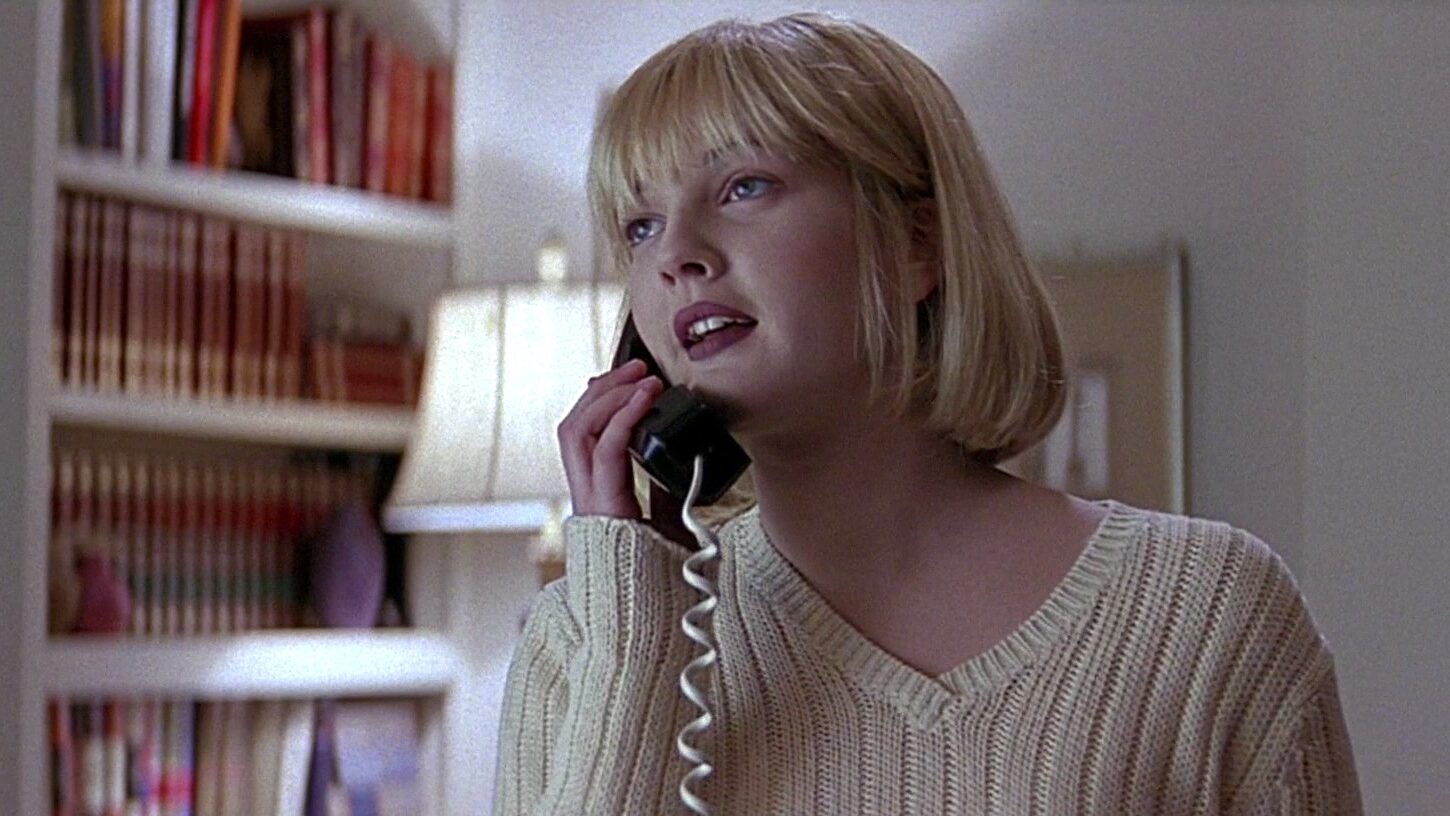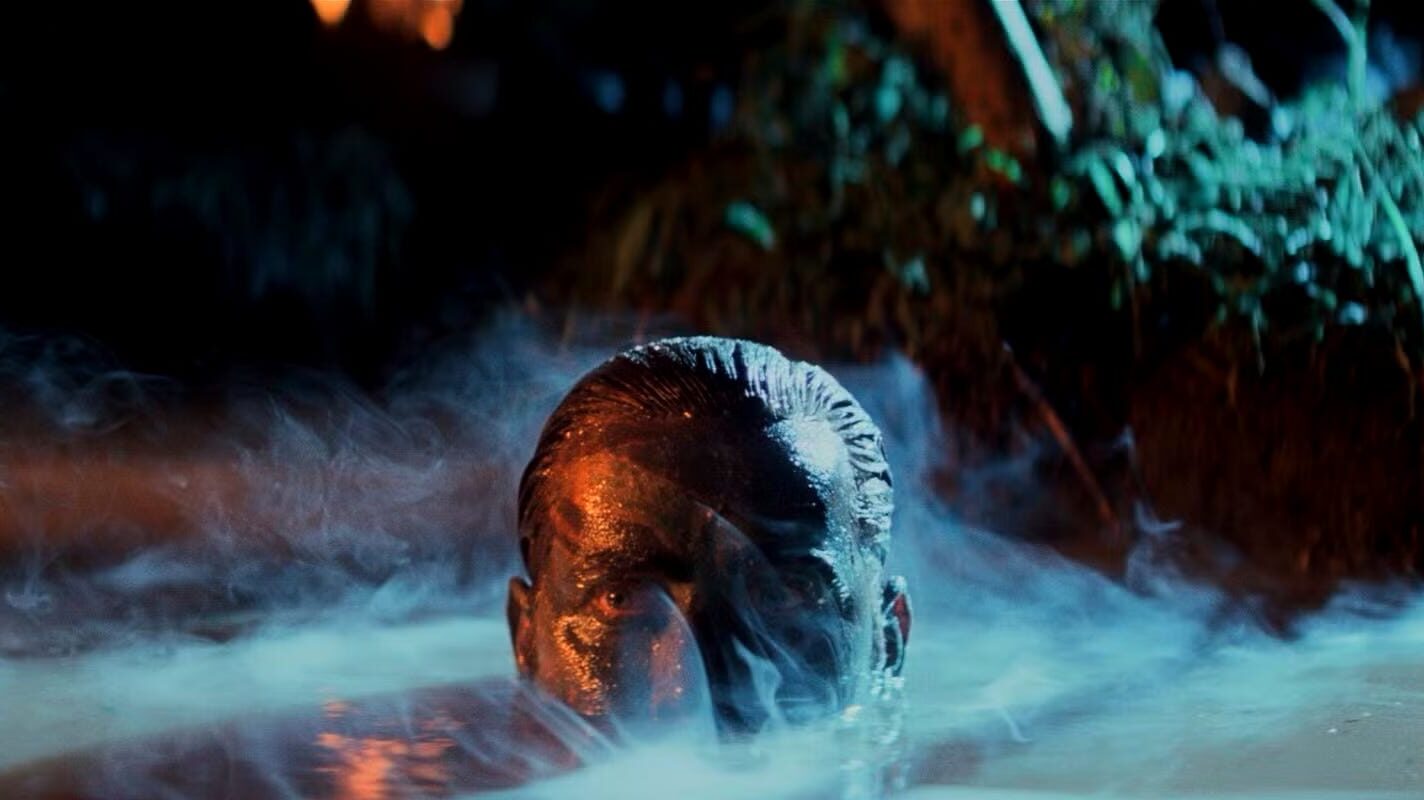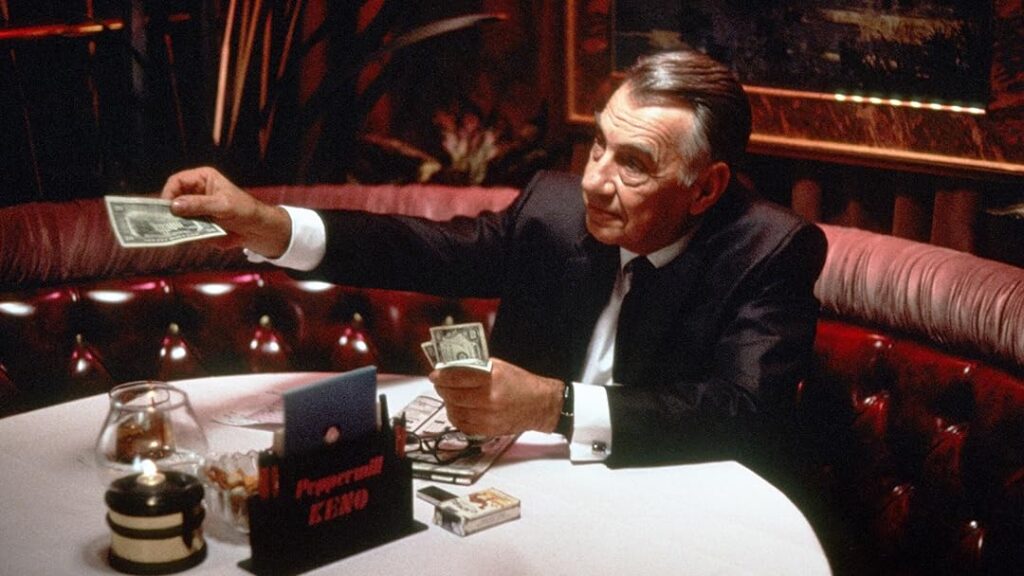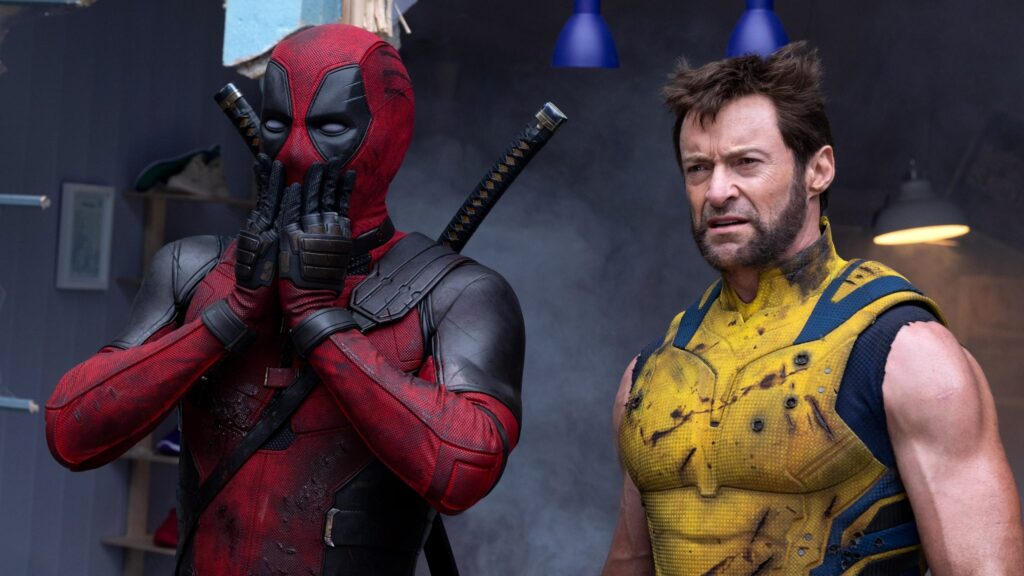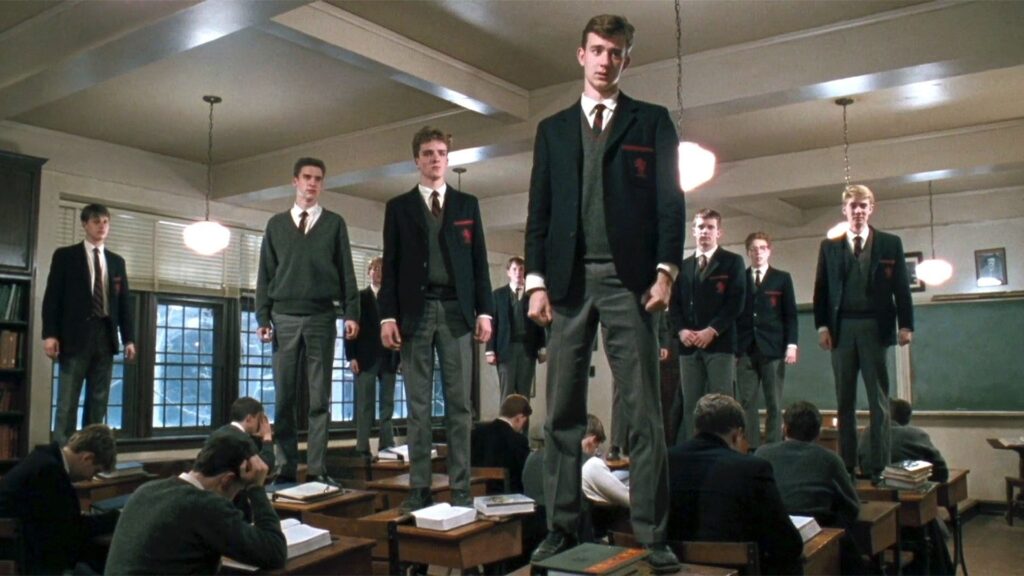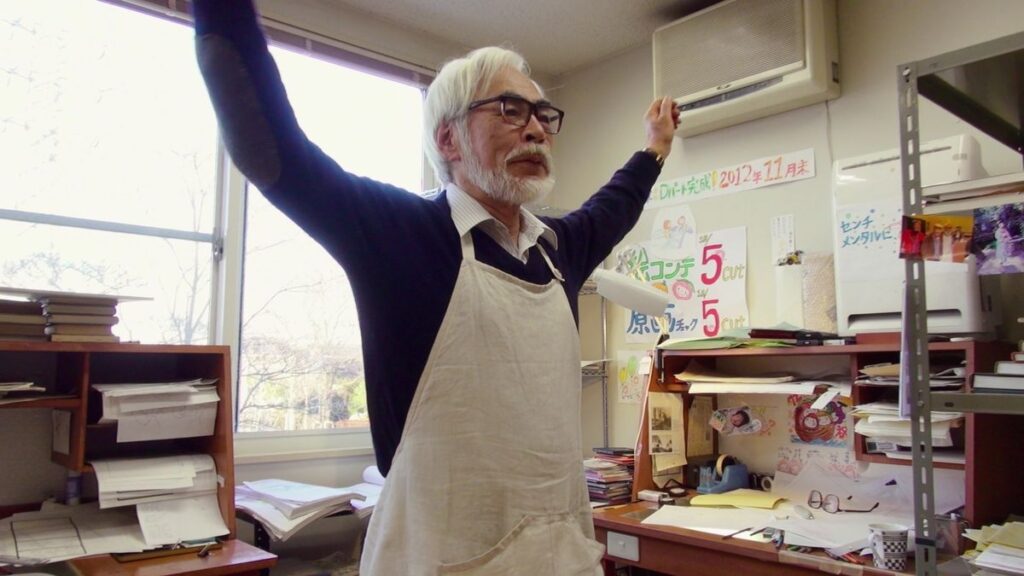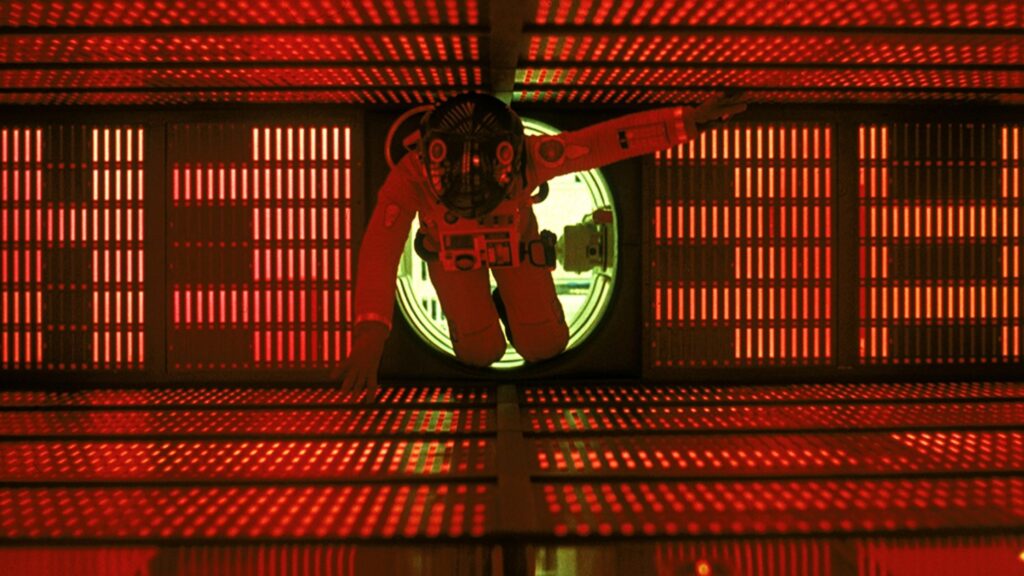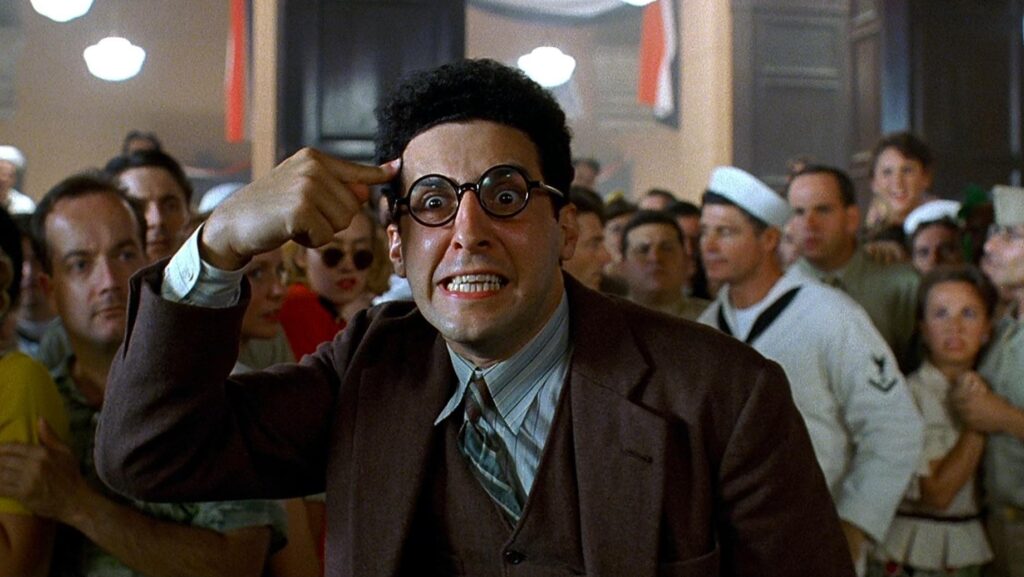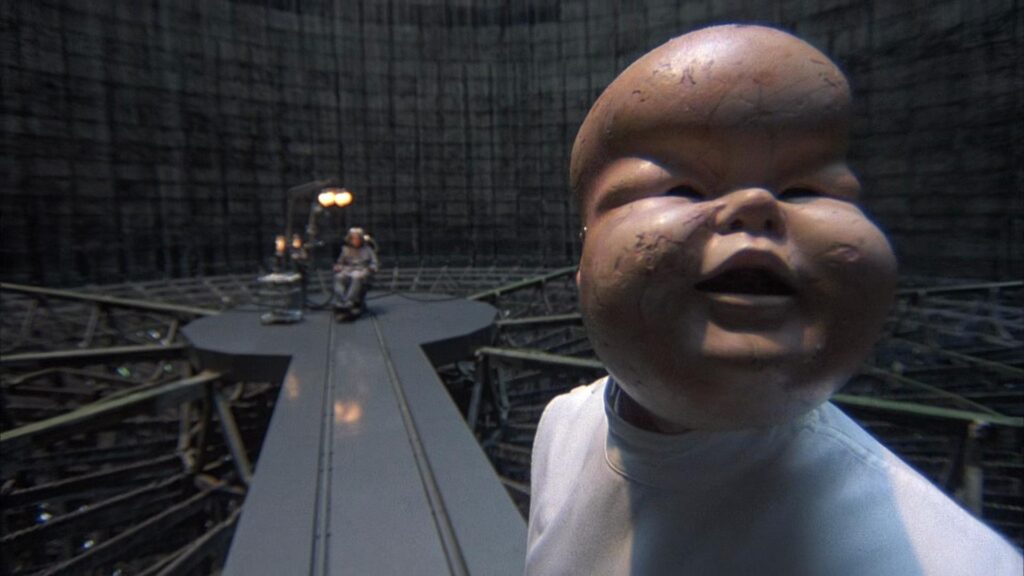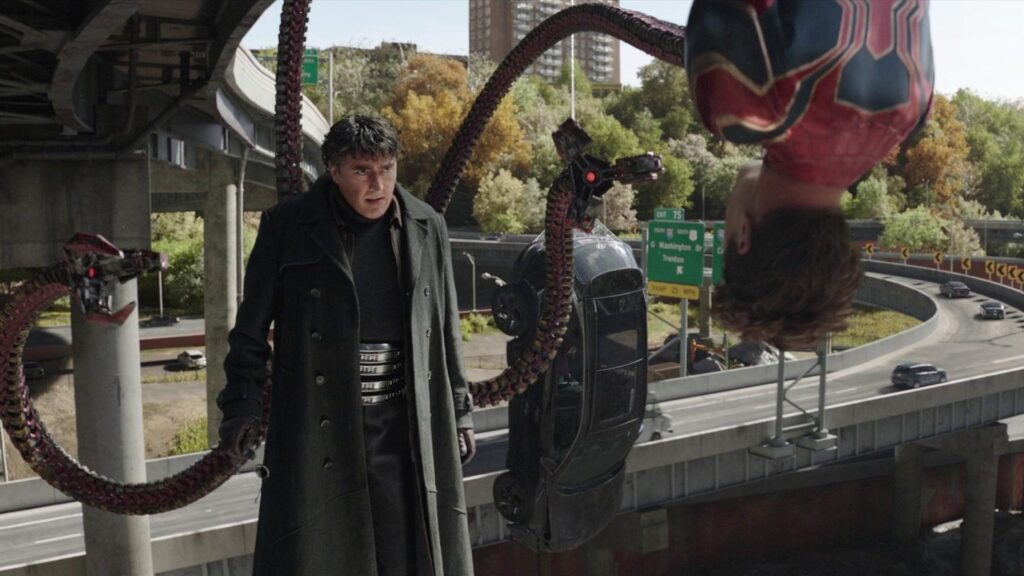Happy Madison Productions’ cynically produced continuation of a story which concluded 29 years ago fails to enrich the original, but its effect is ultimately harmless.
This is a purgatorial experience for anyone who has seen Happy Gilmore numero uno, as I had done (for the first time) 10 seconds before starting this one. The original is tight, chaotic, appropriately rough around the edges for a writing style better suited to sketch comedy, and well-deserving of its status among Adam Sandler’s best output. Happy Gilmore 2 chases that high with desperation, but in the pursuit, keeps pace with its former self’s decency more than I would have ever anticipated. As a legacy sequel, it is expectedly flawed (suffering from being simultaneously overwrought and underdeveloped) but nonetheless wins me over with its patches of absurdity — it is not so much a double-edged sword as it is a movie made for all the wrong reasons which often makes the right decisions. For each of the fatal mistakes it commits, like casting athletes in prominent roles where they are forced to deliver comedic lines, there is an equal stroke of brilliance, like getting the obligatory Nick Swardson cameo out of the way in a totally silent role. Or for an actual example, legitimately great jokes like the doctor at a mental hospital being so inspired by Happy’s golfing that he tells his patients they’re all free to go (opening with a completely sincere “I can’t believe I’m saying this, but…”).
This is not to say any of this is truly wholesome. Continuations produced for financial incentive never are. But this is not soulless, not algorithmic. It definitely follows Netflix’s ‘casual viewing’ model of being written and edited for those who are not really watching, sure, seeing as its irregularly repetitive sequences punish paying full attention to the plot and likely reward experiencing it as background ambience. Yet this is a gig project made by humans, and by the original creatives at that, not a boardroom of executives looking to play it as safe as possible with recently acquired IP. It is obvious that much of the original panache is gone, especially in Happy somehow being an even thinner camouflage for Sandler than he was 30 years ago, but at least it’s his own fault. It is his artistic choice to align the character more closely with himself for the revival, not his dispassion for the corporate product pushing him to do so.
Enough defense. Let me just talk about some of the batshit stuff. There is a staggering roster of cameos featured in this thing, including but not limited to a deranged Steve Buscemi (speaking a grand total of one word), a legendary showing from Marcello Hernández, Lavell Crawford sporting a longer and more fragile wooden arm than Carl Weathers, Margaret Qualley just for fun, Eric Andre underutilizing his talents, a greatly hammy Haley Joel Osment, nepo baby Martin Herlihy (son of the co-screenwriter of both films; I also spotted Ben Marshall as a part of a gag which I am surprised made the edit at all), Adam Sandler’s entire family — the list goes on. There was even a fantasy Rob Schneider shouting “You can do it!” even though he wasn’t even in the original movie?? Incomprehensible. Sandler leaves no stone unturned. All of these cursory appearances are matched by reminders of one-note roles in the original film, making for a litany of children of such staples as Joe Flaherty’s “Guy Who Calls Happy Gilmore a Jackass” or even Richard Kiel’s “Guy Who Happy Gilmore Shoots in the Brain with a Nail Gun”, all of whom are strangely committed to their parents’ legacy. I’m surprised that the sons of the movers who witness Happy’s first long drive don’t arrive to encourage him in the third act.
Even more prominent are quotes from the first movie sneaking their way in here to be met with clapter, or more realistically, an acknowledging exhale at most. Many of these are complemented by the obnoxious intercutting of clips from 1996 that serve the sole purpose of explicitly reminding the viewer of what is being referenced while the reference is happening; this decision is particularly confusing given the instant access we have to the origins of each and every one of these less than esoteric homages. If so many audience members are likely to have just seen this footage, why insist on branding their callbacks with it?
The answer is the same as before; to leave no stone unturned — no audience member left alienated by a piece of content equally as disposable to them as Is It Cake? or Love Island. Netflix and Adam Sandler have been an iconic duo for nearly a decade now. This is basically a blank check movie for him, and yet he is still making company brass happy by creating a product suited to their model. Sandler is a businessman himself; he has been the producer of all of his comedies since 2000 through the production company he founded. That company gets half of its name from Happy Gilmore, which dedicates at least an unbroken minute of its runtime to Subway product placement, presumably with little protest from the film’s leading man. Its sequel may get it right more often than other, more vacant films of its kind, but that is a low bar to cross, and I am sure that the time I enjoyed with it will not inspire a revisit, as the classics do.


